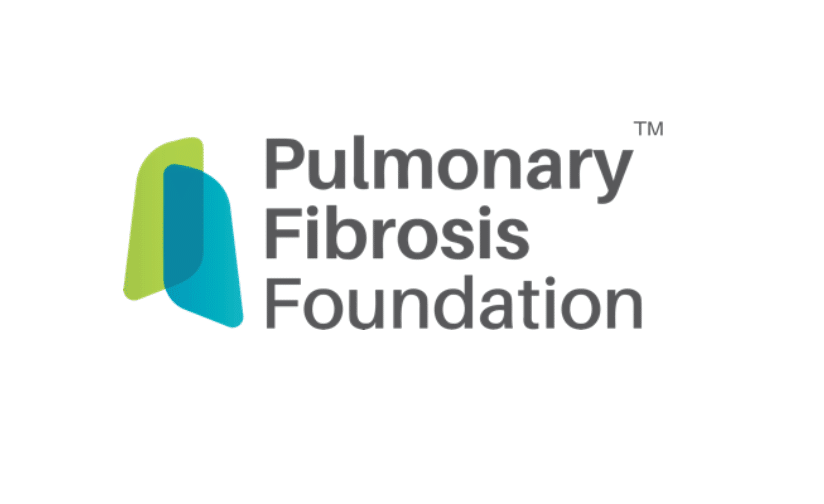

GUEST BLOG: PDUFA, PATIENT CENTRICITY AND DIVERSITY IN DRUG R&D
By: Anthony Yanni, MD, Senior Vice president and Global Head of Patient Centricity at Astellas Pharma, Inc.
Two major pieces of legislation on health care innovation may cross the finish line this year even in a deeply divided Congress: a reauthorization of the Prescription Drug User Fee Act (PDUFA) and a bill known as “Cures 2.0,” likely to include a range of regulatory and Research & Development (R&D) reform efforts. Both laws should incentivize much-needed progress against the systemic lack of diversity in clinical trials and new drug development. Doctors and private industry need to be ready to take the hand-off—especially by ramping up a transformation known as “Patient Centricity.”
It is clear to me from frequent conversations that many patient populations perceive racial discrimination in health care. But health care professionals are divided about whether discrimination exists and, if so, what to do about it. As a physician, I understand some of the pushback. You generally don’t enter the medical field, with its bedrock compassion and ethics, and then adjust how you care for people based on who they are. Claims of systemic bias can feel insulting. It helps not to take things personally, however.
Instead, let me simply ask the doctors, nurses, or medical researchers reading this if they ever felt like releasing a primal scream after dealing with some “system” (referrals, billing, insurance, prescribing, and scheduling come to mind) that just didn’t work for them or their patients. A few hands? Then it shouldn’t be too hard to believe that those systems and others also often fail to provide equitable outcomes for ethnic and racial groups.
So, don’t take the blame personally. Take the solutions personally. Each health care sector and every professional needs to consider the challenges head-on, and then figure out what we can do better.
To start that process, the current U.S. House of Representatives version of the must-pass user fee legislation includes a provision that would require sponsors of late-stage clinical trials to prepare a simple diversity action plan for each trial and then tasks the Department of Health and Human Services to report on whether and why such plans were met or not. For its part, the draft of Cures 2.0 calls for a comprehensive federal study of the barriers to clinical-trial participation by minorities. These provisions deserve to move forward.
Where existing barriers are concerned, my own hypotheses include the scarcity of clinical-trial sites in many communities, poor communication with patients about trial options, and lack of transportation to appointments. But I expect that many other systemic barriers remain to be acknowledged, as the first step in overcoming them.
Pharmaceutical companies and the rest of the R&D complex then need to embrace change across our sectors. Fortunately, legislative attention to the need for clinical-trial diversity coincides with a sea-change in industry’s approach to drug development more broadly. New mindsets, new ways of organizing key functions, and a much greater focus on real-world needs, barriers, and health outcomes characterize what’s being called Patient Centricity.
Readers may wonder what the drug industry had been centered on previously, if not patients. The answer is that we put a great deal of faith in our own expertise. That expertise is considerable—lots of compassionate and smart people go to work as doctors, scientists, marketers, and policy experts in the drug-development enterprise—but we were missing important leads and lessons by not seeking out insights from patients at every stage of our work.
Patient Centricity is tailor-made to help improve ethnic and racial diversity—and to achieve more equitable health outcomes—in drug trials and all aspects of medicines development.
At the “discovery” stage, for example—when we match glimmers of hope in a laboratory to real-world medical needs—Patient Centricity will help us to understand what diseases or what aspects of those diseases have the greatest impact on the lives of our patients—especially those in marginalized communities.
In the long “development” stage—when larger trials of promising new treatments take place—Patient Centricity will be the key to better-designed trial protocols. Such protocols will create pressure to solve challenges such as establishing convenient trial sites and transportation. More compelling trial results will make us wonder why we didn’t fix things sooner.
Patient Centricity means constantly gathering and applying insights from the people you’re trying to help, which will improve the impact of the resulting medicines. Already, industry has learned from patients that changing or improving “delivery” mechanisms—the ways that drugs get to their targets by infusion, injection, mouth, or skin, for example—can significantly impact a drug’s real-world use and patients’ adherence to treatment.
Finally, Patient Centricity efforts worthy of the name will elevate access for low-income and racial and ethnic patients to “must-fix” status for drug companies bringing new treatments to market, collaborating with government, payers, and health care providers.
Challenges often feel the most daunting just as the prospects of overcoming them begin to improve. That is how systemic health care inequity looks to me right now. A fresh PDUFA, Cures 2.0, and a motivated U.S. Food and Drug Administration with a committed leader—together with an industry retooling for Patient Centricity—can overcome the barriers to clinical trial diversity. And fixing that “system” will, in turn, inspire confidence for a whole lot more progress against health care inequity.
Anthony Yanni, MD, is senior vice president and global head of patient centricity at Astellas Pharma, Inc., which is a member of the National Health Council (NHC). For more information on NHC membership, contact membership@nhcouncil.org.


